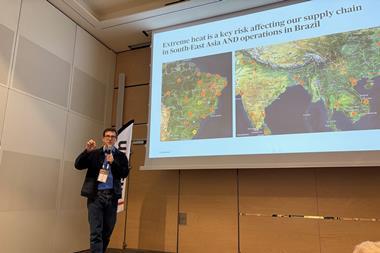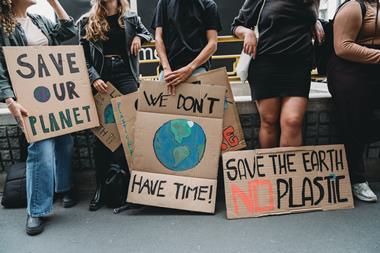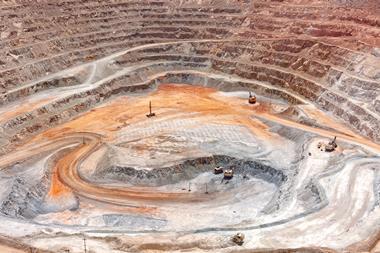Study says 22 countries increased gas flaring, 16 reduced it, and nine have maintained stable levels over a 12-year period
The first globally consistent survey of gas flaring has been conducted using satellite data. A series of estimates of gas flaring volumes have been produced spanning 1995 to 2006.
Gas flaring estimates, which were produced for sixty countries or areas around the world, show that global gas flaring has remained largely stable over the past twelve years, in the range of 150 to 170 billion cubic meters (BCM).
The survey, commissioned and funded by the World Bank’s Global Gas Flaring Reduction partnership (GGFR), was executed by scientists at the US National Oceanic and Atmospheric Administration.
According to the satellite data, in 2006 oil producing countries and companies burned about 170BCM of natural gas worldwide. The World Bank said that the total US market value would have been about $40bn. Gas flaring, it said, also emits some 400m tons of carbon dioxide (CO2) emissions.
Bent Svensson, manager of the Bank’s GGFR partnership, said: “Gas flaring not only harms the environment by contributing to global warming but is a huge waste of a cleaner source of energy that could be used to generate much needed electricity in poor countries around the world. In Africa alone about 40 billion cubic meters of gas are burned every year, which if put to use could generate half of the electricity needed in that continent.”
“This study proves that it is possible to monitor gas flaring from space and make reasonable and independent estimates of the volume being wasted.
Christopher Elvidge a scientist with NOAA’s National Geophysical Data Center
Flaring or burning of gas is widely used to dispose of natural gas liberated during oil production, where there is often no infrastructure on site to make use of the gas.
Christopher Elvidge a scientist with NOAA’s National Geophysical Data Center (NGDC) and lead author of the study, said: “This study proves that it is possible to monitor gas flaring from space and make reasonable and independent estimates of the volume being wasted. In the past, the only way to track gas flaring was through official estimates, but now those days are over. These independent figures should help governments and companies alike to get a better sense of how much gas they are actually flaring.”
According to the satellite observations, 22 countries have increased gas flaring over the past 12 years. On the other hand, the satellite observations show that 16 countries have decreased gas flaring from 1995 to 2006. And nine countries have had largely stable gas flaring across those 12 years.















No comments yet